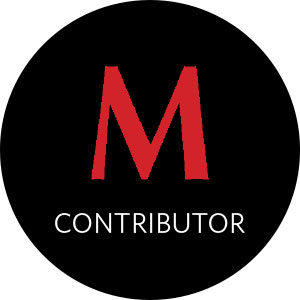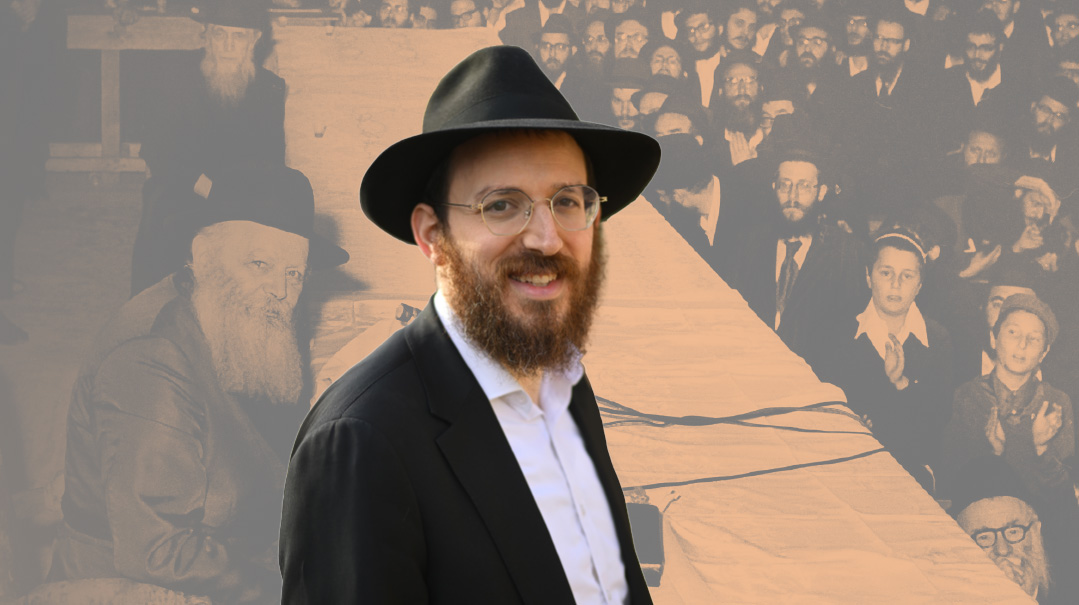Nothing Plain in Sight

In Sight is Yaal Herman's newest project, his “Covid baby,” and it’s one of the reasons I came to visit. It was worth the trip

Photos: Elchanan Kotler
Passing through the gate leading into Hutzot Hayotzer Artist’s Colony is like entering a parallel universe. The dust and noise of a Jerusalem under constant construction falls away to be replaced by a calm, still serenity. The stone steps leading down to the galleries are picturesque, and I’m sure the lush green surroundings and trickling fountain add to the resident artists’ inspiration. I know I’d be able to write here all day.
The plaque with Yaal Herman’s name is right there on the left; I duck into the curved stone room and am instantly surrounded on all sides by striking photos.
“Shalom,” Yaal says, smiling calmly. “Welcome to my studio.”
I look around, but Mishpacha’s Elchanan Kotler is nowhere to be seen.
“Where’s the photographer?” I ask, putting down my bag.
“I am the photographer,” he says.
“Oh. No, the other one, from the magazine.”
“Ah, I don’t know.”
I reach out to his desk to take a business card. These aren’t regular cards — each features a different photo on the front, colored in grays and whites.
“Choose which one you’d like,” he says.
I sift through until I find one of a bridge submerged in the sea. It’s beautiful, and peaceful, and just a bit eerie.
“Ein zeh ki im beis Elokim v’zeh shaar haShamayim,” Yaal quotes. “You can read more about it in the book.”
The book, In Sight, is Yaal’s newest project, his “Covid baby,” and it’s one of the reasons I came to visit. It was worth the trip. The book itself is an elegant piece, printed in Italy, and the works inside are outstanding. Each spread has a bordered, black-and-white photo, and on the facing page, a connecting verse and thought, almost a devar Torah, somehow marrying the mundane to the metaphysical.
“How did this happen?” I ask, gently flipping through the pages. “Did inspiration strike while taking photos, or did you match photos with divrei Torah that inspired you?”
Yaal laughs. “That’s the question I get most often: ‘What came first — the image or the verse?’ The answer is one, or the other, or both at the same time. There are images I spent years looking for to illustrate an idea, and there were other times when the image was simply there just waiting for me to capture it.”
“Still,” I insist, “it’s unusual for a photographer to view the world through the lens of Torah.”
“Around ten years ago,” Yaal shares, “I had the pleasure of visiting with Dr. Ernie Seidman a”h in his Montreal home. Ernie showed me a Kabbalah art piece that he had purchased on a trip to Morocco, and he took the time to interpret the mystical concepts portrayed in the artwork. I was intrigued — both by the explanation and by the idea of art as a trigger for a thoughtful discussion.”
The first five images in In Sight were created during the year that followed his visit to Montreal. They served as prototypes for how the photos would be printed and framed; each was sold with a simple explanatory page attached.
Nearly a decade later, there was no space left on Yaal’s gallery wall, and the explanatory text ran to almost 70 pages long.
“I realized that this overflow could be bound in a more inclusive format, such as a book. Browsing through negatives from earlier periods in my life, I discovered that not only did I use similar camera formats and film stocks, but I was also creating images that resonate with biblical passages.
“Covid lockdown was a great time to work on the book. I was already running an in-house photography course for my five children, Asher (Ashi), Shmaya, Roey, Yonadav, and Avigayle, each one talented in their own way. We toured and camped when we could, and the last photographs in the book were taken during these months.”
I smile at the thought of five little people spending lockdown learning about photography. In my house, it had been more of a survival-of-the-fittest situation.
“And why’d you pick the title?” I ask, intrigued.
“The word ‘Insight’ is short for internal sight,” says the photographer. “It may also refer to what is on location — ‘in sight,’ but it hints at what is obscured from our perception and the mind’s eye. My children assisted in lending me their perspective. Simi Peters, a close family friend from Har Nof, teacher and author of Learning to Read Midrash, took my ideas and phrased them as what she describes as ‘English.’ Rabbi Dr. Chananya Blass, with whom I studied Tanach for over a decade, wrote the introduction.”
Oops! We could not locate your form.






